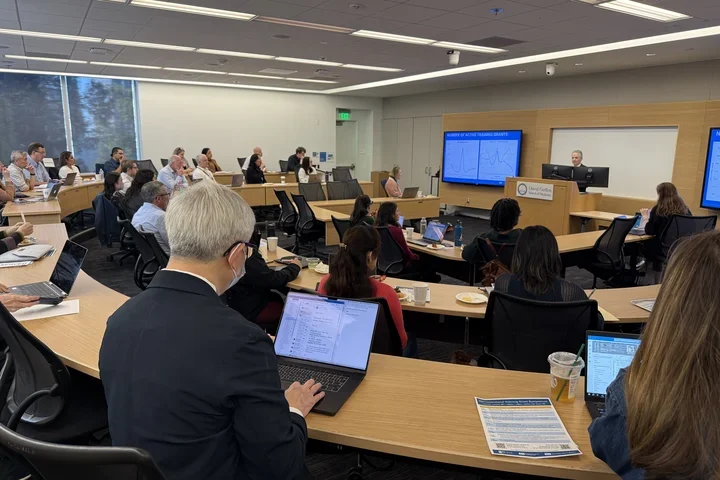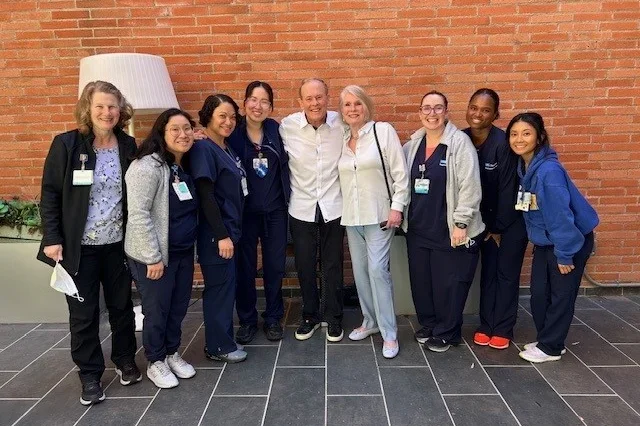How the body regulates scar tissue growth after heart attacks

New UCLA research conducted in mice could explain why some people suffer more extensive scarring than others after a heart attack. The study, published in the journal Cell, reveals that a protein known as type 5 collagen plays a critical role in regulating the size of scar tissue in the heart.
Once formed, heart scar tissue remains for life, reducing the heart’s ability to pump blood and adding strain to the remaining heart muscle. People who develop larger scars have a higher risk of heart rhythm problems, heart failure and sudden cardiac death.
“Two individuals with the same degree of heart attack can end up with different amounts of scar tissue,” said Dr. Arjun Deb, the study’s senior author and a member of Eli and Edythe Broad Center of Regenerative Medicine and Stem Cell Research at UCLA. “Given the clear correlation between scar size and survival rates, we set out to understand why some hearts scar more than others. If we can reduce this scarring, we can greatly improve survival.”
This study was funded by the National Institutes of Health, the Department of Defense, the National Science Foundation, the James Eason Cardiovascular Discovery Fund, the UCLA Clinical and Translational Science Institute, the UPLIFT Program at UCLA, a UCLA Broad Stem Cell Research Center Rose Hills Foundation Innovator Grant, and a UCLA Broad Stem Cell Research Center and UCLA California NanoSystems Institute Planning Award. The senior author, Dr. Arjun Deb, is the leader of the UCLA David Geffen School of Medicine’s Cardiovascular Research Theme.
Read the full story in the UCLA press release.
Image source:
Image caption:



